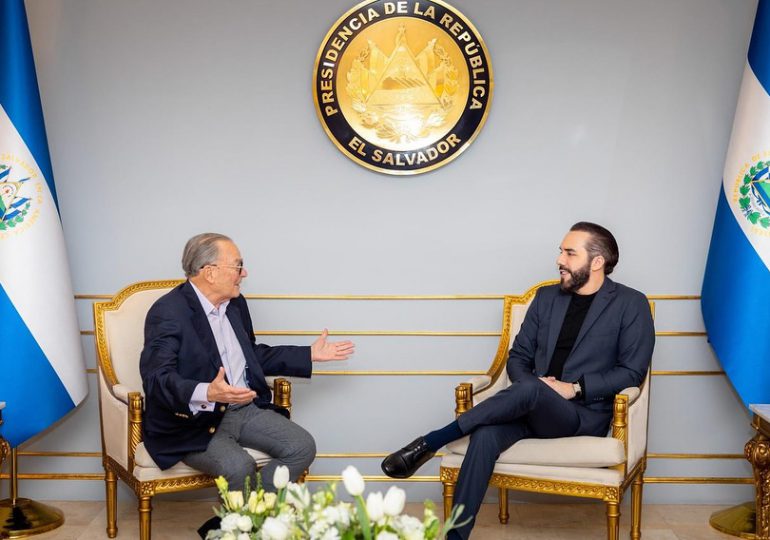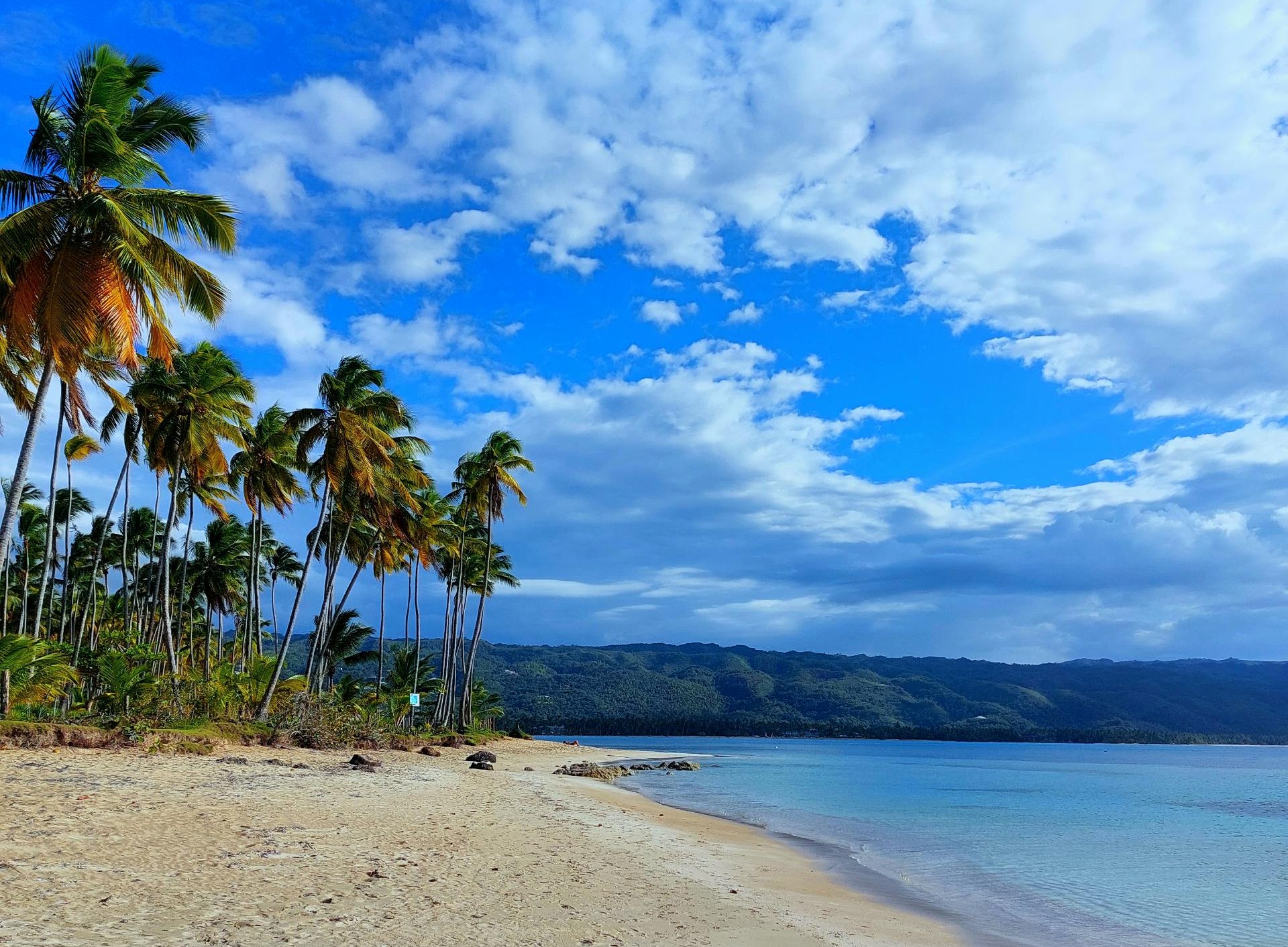Adompretur celebrates the 20th Epifanio Lantigua Tourism Journalism Award

Santo Domingo.- The Dominican Association of Tourism Press (Adompretur) celebrated the 20th edition of the Epifanio Lantigua National Tourism Journalism Awards (PEL) on Tuesday, marking a significant moment for both the organization and the tourism sector. Despite the gala’s success, the spotlight on tourism reporting and its role in addressing pressing challenges was just as important as the accolades.
Ivonne Ferreras won the Grand Prize for her impactful report, “Sargasso: An Environmental Plague Casting Its Tentacles Over the Coastal Shore, Affecting Tourism”, published in Panorama. Her piece tackled an issue that is more than an environmental concern—it poses a direct threat to the future of tourism in the Dominican Republic. Ferreras’ work underscores the critical role of journalism in highlighting both the triumphs and the trials of this vital sector.
Adompretur president Yenny Polanco Lovera underscored the importance of this year’s awards, emphasizing that they come at a time when the Dominican Republic is solidifying its status as the leading tourism destination in the Caribbean. However, with this growth come new challenges, and Polanco Lovera acknowledged the need for the country to continue improving the quality of its services, from hotels to eco-tourism ventures. This commitment to raising standards is essential, as the sector’s rapid expansion requires a careful balance between development and sustainability.
She also expressed gratitude for the support Adompretur has received from the Ministry of Tourism, led by Minister David Collado, as well as from Banco Popular Dominicano, Cap Cana Ciudad Destino, Sheraton Santo Domingo Hotel, Casas del XVI, INFOTEP, the Airport Department, the Civil Aviation Board and other institutions that believe in this project and in the growth of Dominican tourism as an economic driver.
While the event celebrated many journalists for their contributions to promoting tourism, the evening also highlighted a broader conversation about the sector’s direction. The presence of figures like Miguel Ledhesma, president of the World Tourism Journalism Organization (OMPT), and María Shaw and Fernando Milo of the Ibero-American Federation of Tourism Journalists (FIPETUR), underscored the international recognition of Dominican tourism. But this moment of reflection also prompts questions about how local tourism reporting can continue to shine a light on areas in need of reform and action.
One of the key takeaways from the awards is the need for tourism journalism to maintain its role as an advocate for transparency and accountability. Reports like Ferreras’ on sargasso and other winning entries demonstrate the power of media to not only promote the country’s attractions but also critically examine the challenges they face.
The celebration honored journalists across multiple categories, including television, photography, and gastronomy. But beyond recognizing individual achievements, the event reinforced the need for tourism journalism to serve as a bridge between the sector’s aspirations and the realities of the communities impacted by tourism. The report by Jessica Leonor and Daniela Pujols on the international reach of bachata, for example, highlighted how cultural preservation and tourism are intertwined, yet vulnerable to the demands of a growing global audience.
Vice Minister of Tourism Roberto Henríquez, representing Minister David Collado, reiterated the government’s commitment to working with journalists to continue promoting the Dominican Republic as a premier destination. Henríquez’s remarks, while celebratory, also hinted at the need for collaboration between the sector and the press to ensure that tourism remains a driver of economic and social progress, particularly in areas that require sustainable development.
The gala also paid tribute to notable figures, such as Daniel García Archibald and Edmundo Aja, recognizing their contributions to both tourism and media. Jairon Severino’s El Dinero newspaper received the third distinction; since its launch on February 2, 2015, it has been consistently informing the public about economic matters relevant to all sectors, tourism included.
These acknowledgments, while deserved, reflect the complex relationship between tourism growth and media coverage—a dynamic that demands ongoing dialogue and reflection to ensure that both sectors thrive without sacrificing the well-being of the environment and local communities.
As the Dominican Republic’s tourism sector continues to expand, the need for informed, critical journalism grows more urgent. While the awards ceremony served as a celebration of achievement, it also underscored the essential role of journalism in shaping a sustainable and inclusive future for tourism. By continuing to confront the sector’s challenges and promoting thoughtful development, tourism reporting can help ensure that the Dominican Republic remains not just a top destination but a model for responsible tourism in the region.





